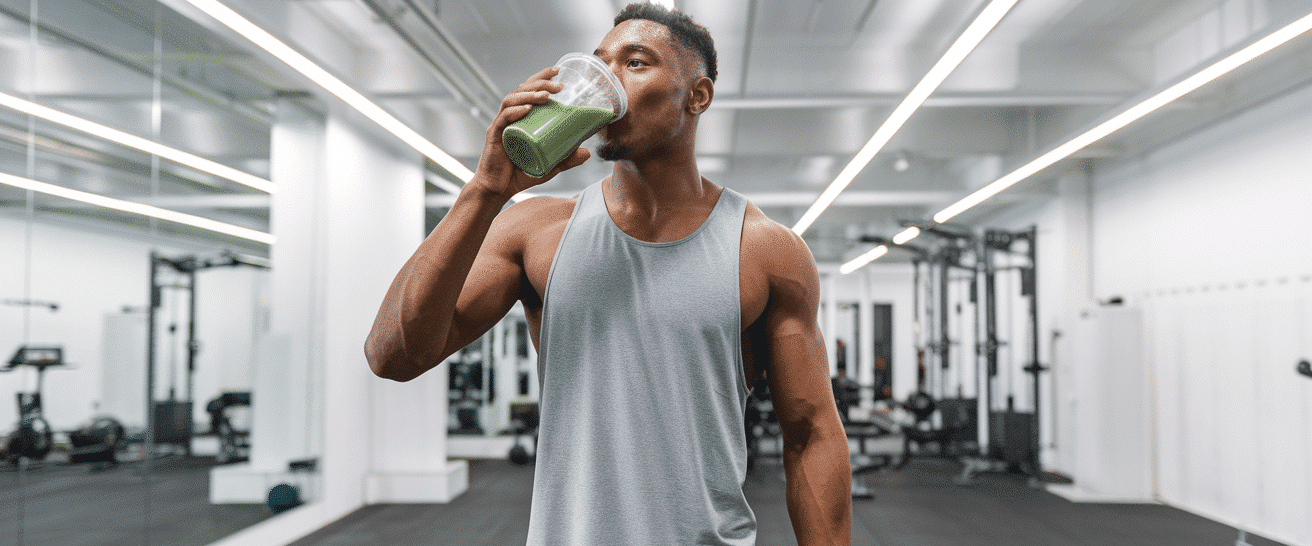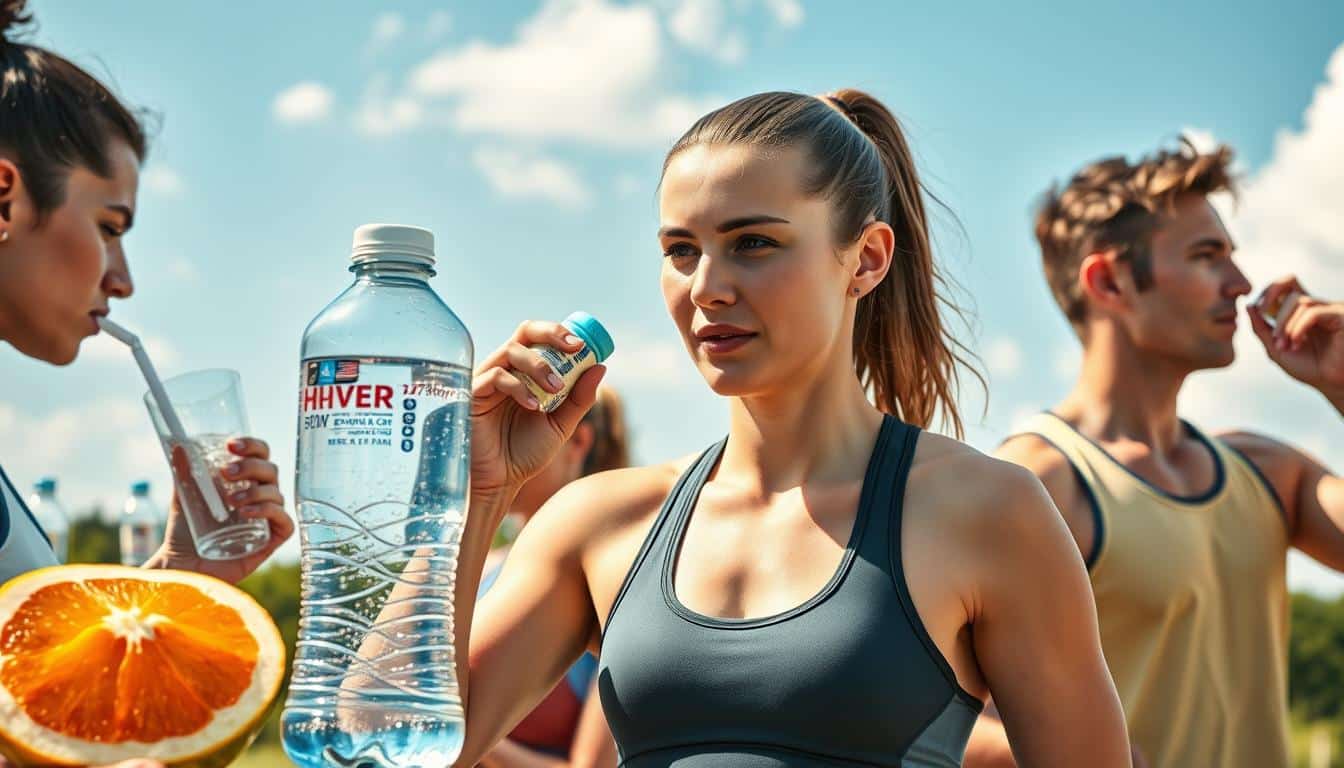When the summer heat hits, keeping your body fueled with water becomes more critical than ever. Whether you’re hitting the gym, running trails, or playing sports, proper hydration is the key to maintaining peak performance. Did you know that 60% of your body weight is water? It’s no wonder dehydration can lead to muscle cramps, fatigue, and even cognitive decline.
Summer brings unique challenges, especially for athletes and outdoor enthusiasts. The heat can zap your energy and put you at risk of heat stroke. But staying hydrated isn’t just about quenching thirst—it’s about supporting nutrient transport, waste removal, and recovery. Ready to take your training to the next level? Let’s dive into simple, actionable ways to keep your body in top shape this season.
Why Hydration is Crucial in Hot Weather
Summer workouts can push your body to its limits, especially when temperatures soar. When it’s hot outside, your body works overtime to keep cool. Sweat is your natural air conditioner, but it comes at a cost—fluid loss. The more you sweat, the more water your body needs to stay balanced.

High humidity adds another layer of challenge. Sweat doesn’t evaporate as easily in muggy conditions, making it harder for your body temperature to drop. This increases the risk of heat-related illnesses, like heat exhaustion or heat stroke. Staying ahead of fluid loss is key to keeping your performance on track.
How Heat Affects Your Body
When the heat rises, your body kicks into overdrive. Sweat helps cool you down, but it also depletes essential fluids. Without enough water, your body temperature can spike, leading to fatigue, dizziness, and even confusion. In extreme cases, this can turn into a medical emergency.
Signs of Dehydration to Watch For
Dehydration sneaks up fast, especially in the summer. Early signs include a dry mouth, headache, and irritability. If you’re feeling unusually tired or notice dark urine, it’s time to grab a drink. Severe symptoms, like rapid heartbeat or sunken eyes, require immediate attention.
Here’s a quick way to check your hydration level: Pinch the skin on the back of your hand. If it snaps back quickly, you’re likely hydrated. If it takes time, you need more fluids. Another easy indicator? Your urine color. Aim for a pale straw color—anything darker means you’re behind on fluids.
Don’t ignore muscle fatigue either. Water loss in lean tissue can make even simple movements feel exhausting. Keep an eye out for severe warning signs, like fainting or no sweat after hours of activity. These are red flags that your body needs help fast.
Effective Hydration Strategies for Hot Climates
Proper fluid intake can make or break your performance in the heat. When the sun is blazing, your body needs more than just water—it craves a balanced approach to stay fueled and refreshed. Here are three simple yet powerful ways to keep your water intake on track and your energy levels high.
Drink Water Consistently Throughout the Day
Don’t wait until you’re thirsty to grab a drink. Thirst is a late sign of dehydration. Instead, sip water regularly throughout the day. Carry an insulated bottle with time markers to remind yourself to drink every 20 minutes. During peak sun, aim for 8-10 ounces every 20 minutes to stay ahead of fluid loss.
Pre-workout, drink 17-20 ounces 2-3 hours before exercise. This gives your body time to absorb the fluids and prepare for the heat. Post-workout, replenish with another 16-24 ounces to recover lost fluids.
Use Electrolyte Drinks to Replenish Lost Minerals
Sweating doesn’t just deplete water—it also strips your body of essential electrolytes like sodium and potassium. Sports drinks can help, but watch the sugar content. Coconut water is a natural alternative, packed with potassium and magnesium. It’s a great way to rehydrate without added sugars.
For a DIY option, try mixing lemon juice, a pinch of salt, and a teaspoon of honey in water. This simple recipe provides a quick boost of electrolytes and tastes refreshing too.
Eat Water-Rich Foods Like Fruits and Vegetables
Did you know 20% of your water intake comes from foods? Snack on fruits and veggies with high water content to stay hydrated. Watermelon and cucumbers are over 90% water, making them perfect for hot days. Other great options include strawberries, oranges, and celery.
Freeze berries and use them as ice cubes in your water for a cool, hydrating treat. One cup of broccoli adds about 2 ounces of water to your daily intake. These small swaps can make a big difference in your hydration levels.
Practical Tips to Stay Hydrated During Training
Training in warm weather demands smart habits to keep your body in top shape. Whether you’re running, lifting, or playing sports, staying refreshed is key to avoiding heat-related illnesses and maintaining peak performance. Here’s how to make it happen.
Hydrate Before, During, and After Exercise
Start your day with a glass of water to kickstart your system. Before your workout, drink 17-20 ounces of enough water to prepare your body. During exercise, sip from your water bottle every 15 minutes to stay ahead of fluid loss. Post-workout, replenish with 16-24 ounces to recover.
Pro tip: If you’re traveling, refill your water bottle after security for easy access. This simple hack ensures you’re ready to hydrate before and during exercise without interruptions.
Wear Lightweight, Breathable Clothing
Your outfit matters when the temperature rises. Opt for lightweight clothing made from moisture-wicking fabrics. These materials pull sweat away from your skin, keeping you cool and dry. Avoid cotton, as it traps moisture and can make you feel heavier.
Light-colored clothes also help by reflecting heat instead of absorbing it. Pair this with a wide-brimmed hat for extra protection during outdoor sessions.
Monitor Your Urine Color for Hydration Levels
Your urine color is a quick way to check if you’re drinking enough water. Aim for a pale straw color—anything darker means you need to drink more. This simple check can help you avoid dehydration and keep your performance on track.
For a deeper dive into hydration myths, check out this guide on hydration myths every athlete should know. It’s packed with insights to help you stay informed and hydrated.
Conclusion
Staying refreshed in the summer heat isn’t just about comfort—it’s about keeping your body safe and strong. Remember, 80% of your fluid intake comes from drinks, so sip consistently to stay hydrated. Pair this with water-rich foods like watermelon and cucumbers for an extra boost.
Listen to your body’s signals. Dark urine or fatigue means it’s time to drink up. Gradual habit changes, like carrying a reusable bottle, can make a big difference. Share these tips with your workout buddies to keep everyone on track.
Finally, aim for balance. Overhydration can be just as risky as dehydration. Clear urine is a sign to ease up. Stay smart, stay safe, and enjoy your summer fitness journey!


